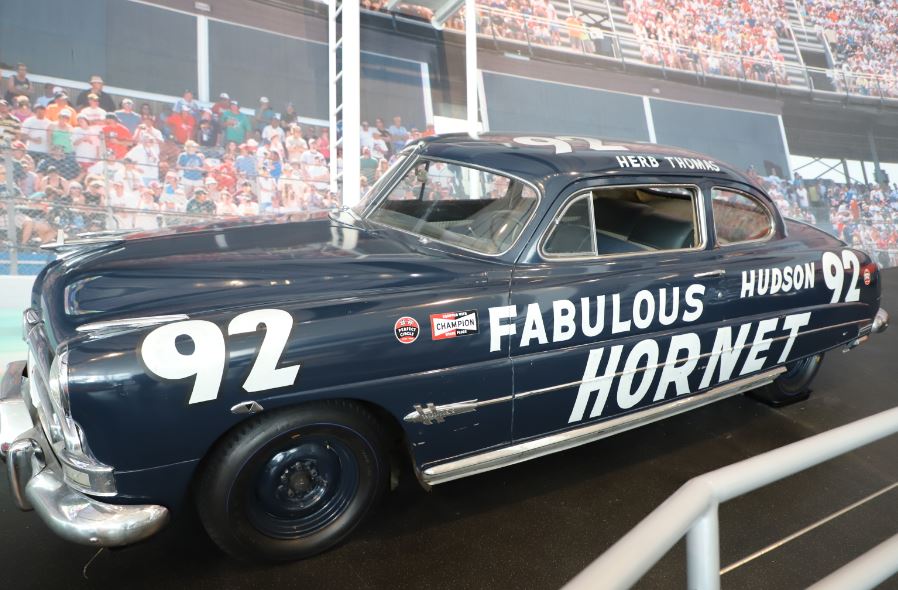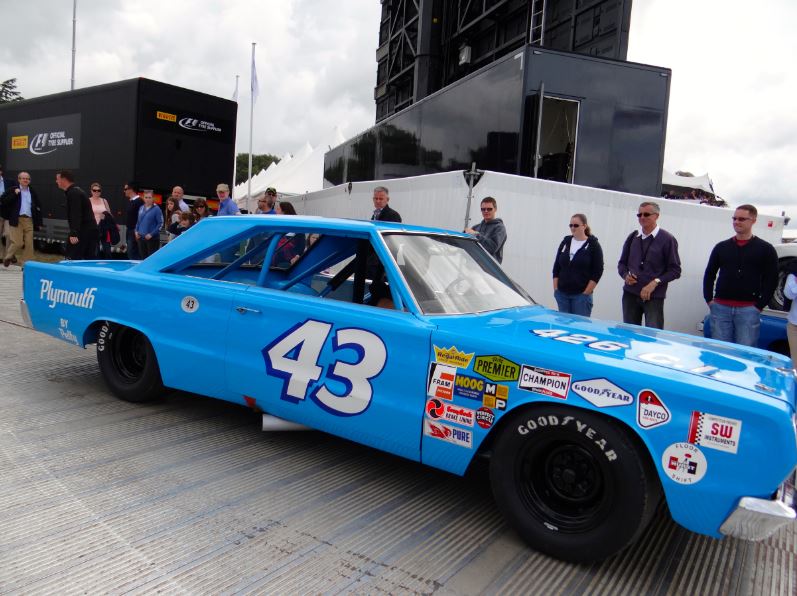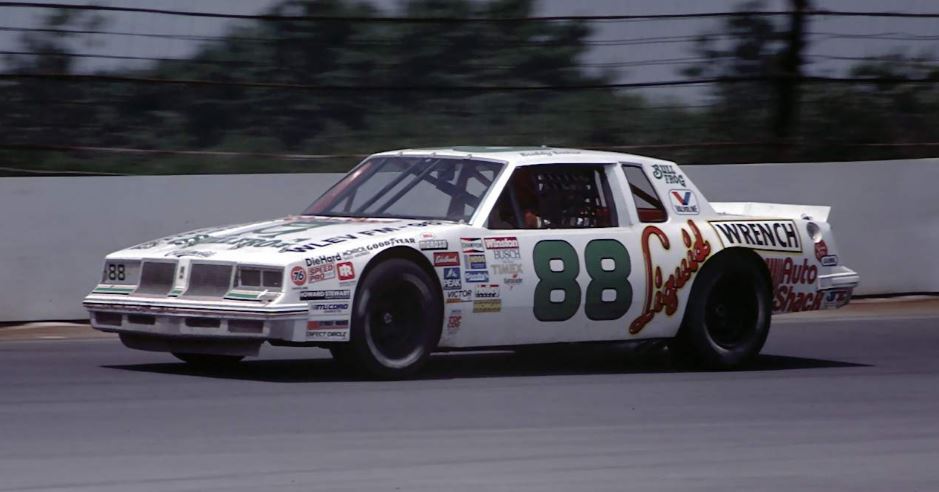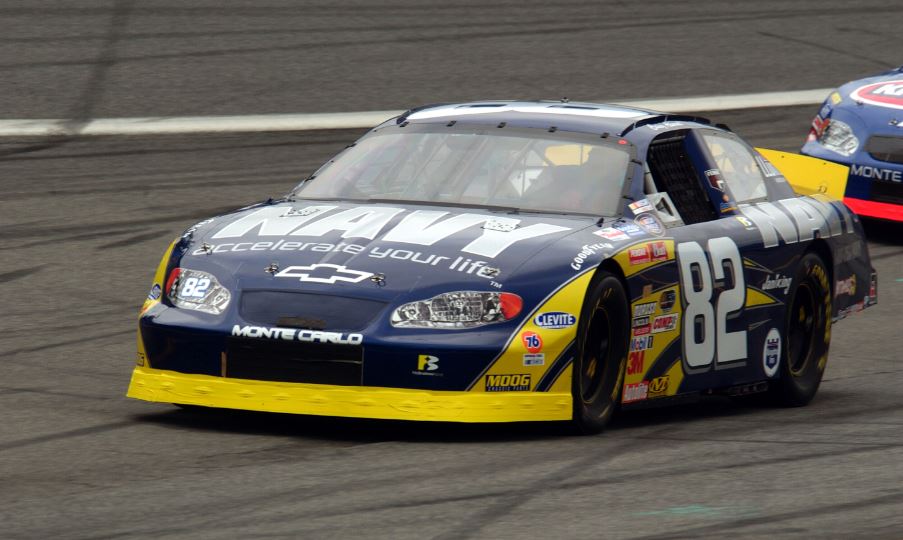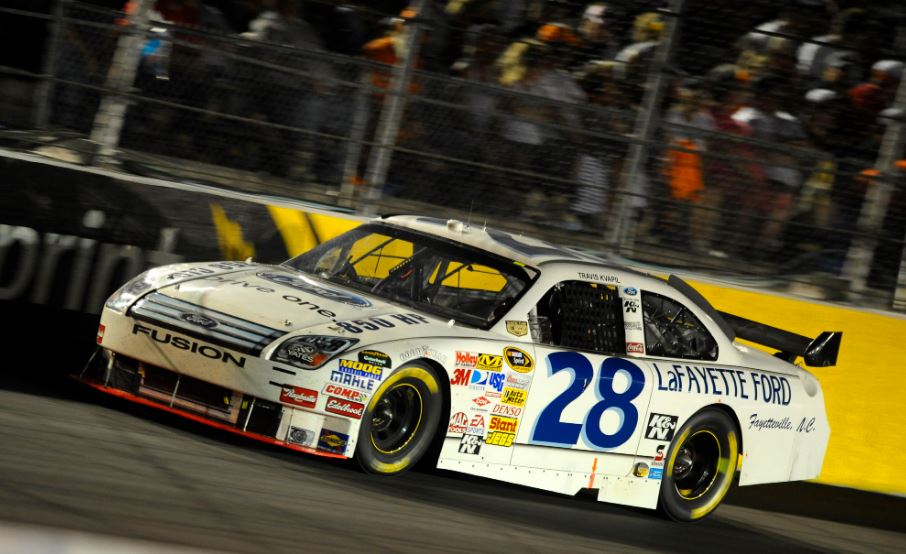NASCAR has been serving people, especially car racers, with high-quality racecars for 74 years now. Over the last seven decades, people have witnessed the evolution of NASCAR cars, with many improvements in different parts that make them much faster and safer to drive. Alongside these cars, there are also the NASCAR races that have continued evolving over time.
When Bill France, Sr. founded NASCAR in 1948, there was a requirement that they must create cars for stock car racing entirely with parts that were easily accessible to the people through automobile dealers. Stock cars are those vehicles that were never modified and were still in their original factory configuration. So in the company’s early years, they made “stock” cars that it became common for racecar drivers to drive even though they were out of the racetracks.
But just like other products in the world, NASCAR cars have also been through many technological advancements to help improve the quality of these racecars and ensure safety for the drivers. The evolution of NASCAR cars has come a long way, and it’s fascinating to see how NASCAR cars have changed over the years.
THE EVOLUTION OF THE NASCAR CARS
Generation 1 – 1948 – 1966
The Generation 1 cars were the first cars launched by NASCAR. They followed a set of criteria, including stock frames and bodies, required seatbelts, strapped shut doors, and heavy-duty rear axles to prevent Generation 1 cars from flipping over during car races.
Before the end of their era, Generation 1 cars were required to have roll-cages. However, drivers thought that adding roll-cages added unnecessary weight to the car. So what NASAR did was to make clones of these roll-cages made out of light materials and wood.
Some of the most popular cars during the Generation 1 era were the 1939 Ford Coupe, the best NASCAR car of the season – the 1952 Hudson Hornet, the 1956 Ford Convertible, and the 1956 Ford Galaxie. These cars had varying qualities and performance, and they surely made some interesting show on the racetracks.
Generation 2 – 1967- 1980
During the start of the Generation 2 era in 1967, NASCAR had modified some rules and requirements for their cars. Like the Generation 1 cars, Generation 2 cars were required to possess stock bodies. However, they can now have modified frames and chassis. These modifications helped improve the performance, as well as the safety of the racecars.
Also, during the Generation 2 era, the company started producing cars with small lip spoilers, which helped with the airflow of the cars. However, unlike these cars, the Dodge Daytona consisted of a full-grown rear spoiler. In 1970, this car was the first NASCAR car that broke the 200mph barrier, with Buddy Baker driving.
NASCAR also partnered with different companies for the Generation 2 cars to help them build different parts of the NASCAR cars, like the chassis. These companies include Banjo Matthews, Holman-Moody, and Hutchenson-Pagan.
Generation 3 – 1981-1991
During the start of the Generation 3 era in 1981, NASCAR started manufacturing more race-centralized cars rather than its usual stock cars for its racetracks. They reduced the wheelbase to 110 inches and the size of their cars to make them look more like those they display on the showroom floors in the US. However, NASCAR still bought the cars’ body panels through their manufacturers, so they still had parts in their original factory configuration.
NASCAR also improved its engines since there were still no power restrictions. Also, during the Generation 3 era, Bill Elliott posted a qualifying speed of 212.809mph in the 1987 Winston 500, setting a NASCAR record as the fastest speed ever recorded.
Generation 4 – 1992 – 2007
The Generation 4 era in 1992 introduced big changes to the NASCAR cars. In this era, they stopped using body panels made by car manufacturers and started using highly-modified shells. They also added decklids, front or rear housing, and fiberglass hoods to reduce weight.
Generation 4 cars also used wind tunnels, becoming a staple during this era. They used these wind tunnels to improve the aerodynamic advantages of the cars. During the final years of the Generation 4 era, NASCAR cars developed highly molded noses.
Generation 5 – 2007 – 2012
After the death of Dale Earnhardt in the 2001 Daytona 500, NASCAR promised to improve their cars to make them safer. In this era, NASCAR created the “Car of Tomorrow” (COT), slightly taller than usual. It also moved the racecar driver to a more central position to increase protection against side impacts and rollovers.
The side of the Generation 5 NASCAR cars consisted of energy-absorbing foam. They also placed a large splitter on the front and added a new rear wing instead of a spoiler. And even though many fans and racecar drivers dislike this car, the COT produced the best safety gains in NASCAR’s history.
In 2010, NASCAR noticed that the rear wing might have reduced the car’s safety if it spun around at high speed. So they re-added the spoiler to prevent the cars from flipping over backward. Then they used the spoiler until the season ended.
Also, in 2011, they reshaped the nose of the COT into a more curved design. It made the car look more appealing to the fans and the drivers.
Generation 6 – 2013 – 2021
In the Generation 6 cars, NASCAR partnered with three automobile companies: Chevrolet, Ford, and Toyota. They partnered in designing the Generation 6 cars, which provided safety innovations and designs that look more similar to their showroom counterparts.
The first release of the Generation 6 cars had large radiator pans and huge rear spoilers, causing so much downforce on the cars. After some time, NASCAR made a few modifications, including reducing the size of the spoiler to a few inches and the radiator pans’ dimension.
Towards the end of the Generation 6 era, NASCAR cars became bulkier but faster and stronger, all thanks to the maximized aerodynamic grip on the cars.
Generation 7 – 2022 –
2022 is the year that marks the new generation of NASCAR cars. NASCAR has been developing this Next Gen car for the past few years. The seventh-generation NASCAR cars were patterned after GT3 racers, an Australian supercar.
At the start of this era, they reshaped the race cars’ bodies to represent their brands better. They didn’t change the engines and still remain at 358 in3 and 550 hp when used for restrictor-plate racing. On the other hand, engines remain at 670 horsepower for any other tracks.


